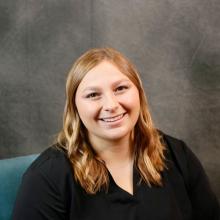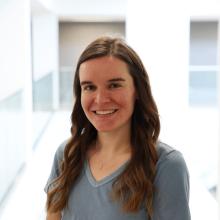Staff





The purpose of Northeastern’s Self-Directed Placement Survey is to determine the correct English and math course you should take your first semester at Northeastern. We want you to be in the right type, and level, of math and English. This survey will help us assess your skills, background, and confidence level in English and math and pair you with courses appropriate for your major. Please watch this short video explaining how to take the Self-Directed Placement Survey.
Once you’re done, complete the survey! If you have questions please email NJCStudentSuccessCenter@njc.edu. Northeastern wants you placed in the right courses, especially in math and English. This short survey helps you see your choices and helps advisors better assist with the decision making.




